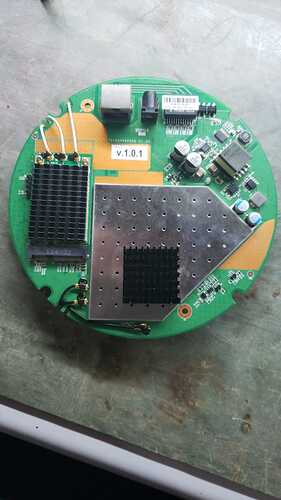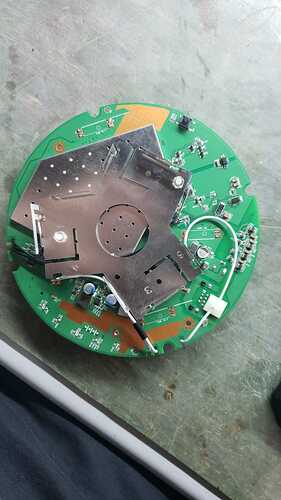Serial console is the only way to upload initramfs-kernel.bin without changing flash data, so you have to figure it out anyway
Most important is to figure out which pin is 3V power and which pin is GND
Never use the 3V power pin. I like to bend it so that I never forget which one it is
The order of TX and RX and GND can be guessed safely
but the 3V power pin must be known before connecting
If you have garbage output there is 2 possibilities:
- you connected GND to something else
- wrong baudrate
Edit: there is another possibility...
Try to connect only GND and RX (reading output only, no input)
it is possible that the input pin is tied to ground, in that case a resistor must be removed for TX to work
I have added a board that is almost exactly the same, here is the part where I talk about serial access
the RX line on the board for UART is shorted to ground by resistor R176
therefore it must be removed to use the console
but it is not necessary to remove to view boot log
optionally, R175 can be replaced with a solder bridge short
the resistors R175 and R176 are next to the UART pinout at JP1
(when I say RX in this commit message, I mean the board's perspective, which for you is TX)
before removing any resistor, you should verify that this is the case with a multimeter in continuous mode
also like I said, if you have only GND and RX connected, the output is clean, but with all 3 connected the output is dirty, this is the symptom


